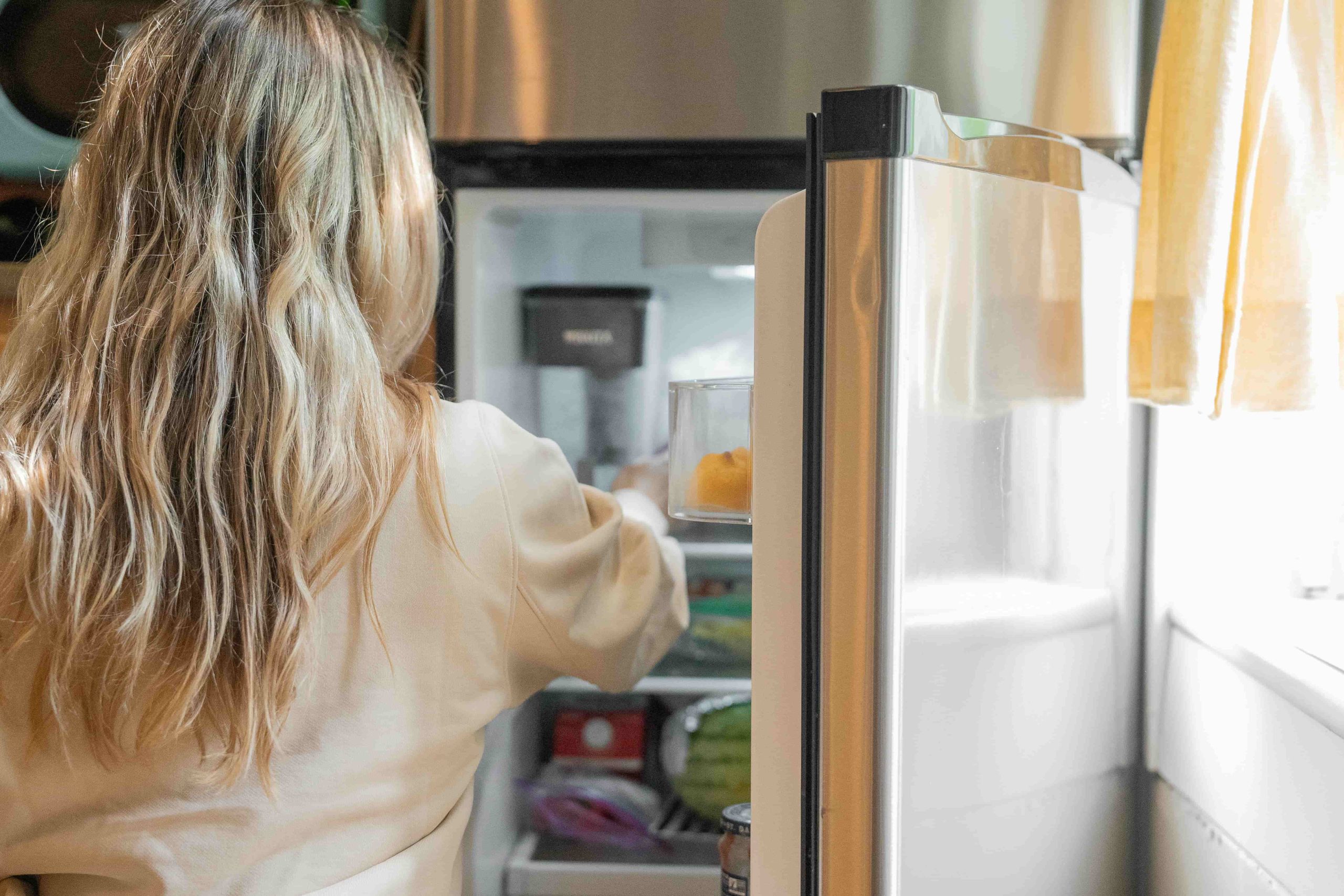Introduction
Few household problems are more frustrating than opening your refrigerator and finding that it’s not cooling properly. Whether your milk has spoiled overnight or your fruits and vegetables feel warm, a malfunctioning fridge can disrupt your entire routine. The good news? In many cases, you don’t need to call a technician right away. With some simple troubleshooting and step-by-step DIY fixes, you can often solve the problem yourself.
This comprehensive guide will walk you through all the common causes of a refrigerator not cooling, provide detailed solutions, and help you determine when it’s time to seek professional repair. By the end, you’ll be able to confidently handle one of the most common household appliance issues.
Common Reasons Why Your Refrigerator Isn’t Cooling
Dirty Condenser Coils
The condenser coils are responsible for releasing heat from inside the fridge. Over time, they can collect dust and dirt, reducing their efficiency. Dirty coils force the refrigerator to work harder, often leading to poor cooling.
Faulty Evaporator Fan
The evaporator fan circulates cool air throughout the fridge. If it fails, the cold air stays trapped in one area, leaving the main compartment warm while the freezer might still feel cold.
Broken Thermostat
A malfunctioning thermostat may fail to send signals to the compressor and cooling system. This results in the fridge running at the wrong temperature, or sometimes not at all.
Low Refrigerant Levels
Refrigerant is the chemical that absorbs heat and keeps your fridge cold. If there’s a leak or the level drops, the cooling capacity is significantly reduced.
Blocked Air Vents
When items are stacked too closely against the vents, air circulation is blocked. This prevents cold air from spreading evenly, causing temperature imbalances.
Overstuffed Refrigerator
An overloaded fridge doesn’t allow for proper airflow. Even if the cooling system works fine, your food won’t chill evenly.
Step-by-Step Guide to Fix a Refrigerator That’s Not Cooling
Step 1 – Unplug and Inspect the Power Supply
Before you panic, check the basics. Is your refrigerator properly plugged in? Sometimes loose connections or a tripped circuit breaker are the only issues.
Step 2 – Clean the Condenser Coils
- Unplug the refrigerator.
- Locate the coils (usually at the back or underneath).
- Use a coil brush or vacuum to remove dust.
- Plug it back in and wait a few hours to see if cooling improves.
Step 3 – Check and Replace the Door Seals
A broken or loose door gasket lets cold air escape.
- Close the fridge door on a dollar bill.
- If you can pull it out easily, the seal is weak and needs replacing.
Step 4 – Adjust the Temperature Settings
Set the fridge to 37–40°F (3–4°C) and the freezer to 0°F (-18°C). Incorrect settings may be the simple reason your fridge isn’t cooling.
Step 5 – Test the Evaporator Fan
Listen for the fan when the fridge is running. If you don’t hear it, it may be broken. Replacing the fan requires basic tools but is manageable as a DIY project.
Step 6 – Clear Blocked Air Vents
Check the vents inside your fridge and freezer. If food items block them, rearrange shelves to allow proper airflow.
Step 7 – When to Call a Professional
If none of the above fixes work, the issue may be low refrigerant levels, compressor failure, or electrical problems. These require a licensed technician.
Quick Fixes You Can Try Immediately
Reset the Fridge (Power Cycle)
Unplug the fridge for 10 minutes, then plug it back in. Sometimes, this resets the control board and solves the issue.
Move Food to Improve Airflow
Rearrange items inside the fridge. Don’t overstuff shelves; leave enough space for air to circulate.
Check if Freezer Works but Fridge Doesn’t
If the freezer is fine but the fridge is warm, it’s often an airflow issue caused by a faulty evaporator fan or blocked vents.
Preventive Tips to Keep Your Refrigerator Cooling Properly
Regularly Clean the Coils
Schedule a coil cleaning every 6–12 months to maintain efficiency.
Don’t Overfill the Refrigerator
Too many items block airflow. Stick to 70–80% capacity.
Replace Door Gaskets Every Few Years
Even if they look fine, gaskets wear down. Prevent leaks by replacing them regularly.
Maintain Proper Temperature Settings
Always keep the fridge at 37–40°F and the freezer at 0°F for best results.
FAQs
Why is my fridge running but not cooling?
This often happens due to dirty condenser coils, a faulty evaporator fan, or thermostat problems.
How much does it cost to fix a refrigerator that won’t cool?
DIY fixes are often free. Professional repairs can range from $100–$400 depending on the part.
Is it worth repairing an old refrigerator?
If your fridge is over 10 years old and requires expensive parts, replacing it may be more cost-effective.
Can I fix a refrigerator at home without a technician?
Yes. Cleaning coils, adjusting temperatures, and replacing seals are simple DIY tasks.
How long should a refrigerator last?
Most fridges last between 10–15 years with proper maintenance.
Conclusion
A refrigerator that’s not cooling can feel like a disaster, but the fix is often simpler than it seems. From cleaning condenser coils to checking door seals and air vents, many issues can be solved at home with just a little effort. Regular maintenance and preventive care also go a long way in keeping your fridge running efficiently for years.
If this guide helped you, explore more step-by-step DIY fixes on Fixlee.com and make your home troubleshooting easier than ever.
